Description
Delivered without a handle
The three tine hoe is a gardening tool for weeding, hoeing and aerating the vegetable garden.
It can be used to loosen the soil before sowing or planting.
It can also be used for harvesting potatoes.
The working width of the three tine hoe is greater than that of other weeding and hoeing tools.
Weeding consists of removing weeds that grow among seedlings and growing plants. To do this, tools such as the hoe and the cultivator are very useful.
Hoeing consists of aerating the earth while loosening the soil between areas of sown or planted soil. You can use a three-tooth claw or a one-tooth claw for loosening the soil.
These two linked actions guarantee you a healthy vegetable garden since they help:
• to kill off weeds,
• to reduce water evaporation,
• to maintain a good soil structure,
• to allow air and water to penetrate,
• to prevent the formation of a crust on the surface of the ground, which enhances the rise of water through capillary action.
Depending on the size and nature of the areas to be weeded, you can use different manual weeding tools: the flat weeder, the manual oscillating weeder, triangular crow’s foot cultivator or indented crow’s foot cultivator, the pointed triangle weeder and the rounded one.
In order to save time, it is worth getting into the habit of hoeing every week. When hoeing take care not to damage the roots of cultivated plants. To do this, remember to hoe backwards so as not to trample the earth. Also, it is better to hoe in dry weather, this will let the weeds dry out on the ground. To prevent weeds from growing again, you can mulch. Mulching will also keep the soil cool.
Mulching limits the sprouting of unwanted weeds which could compete with the crops that have been planted and protects the soil from excessive heat and dryness. Lastly, eventually mulching improves the soil structure and enriches it.
In fact, the mulch provides food to soil macro- and micro-fauna. Micro-organisms and animals living in the soil feed on this organic matter and they transform it so that plants can absorb it. The digestion of this organic matter by living things in the soil transforms it into humus, a true reservoir of mineral elements much appreciated by the roots of plants.
Additionally, mulching is suitable for all soil types. Heavy and compacted soils will be softened and soils that are too light will gain in consistency and compactness.
Finally, mulching makes it easier to harvest vegetables since they are not smeared with soil.
Warning, some plants, very low growing ones, don’t like mulch: cultivated rampion, purslane, lamb’s lettuce, onion, garlic, shallots, etc.
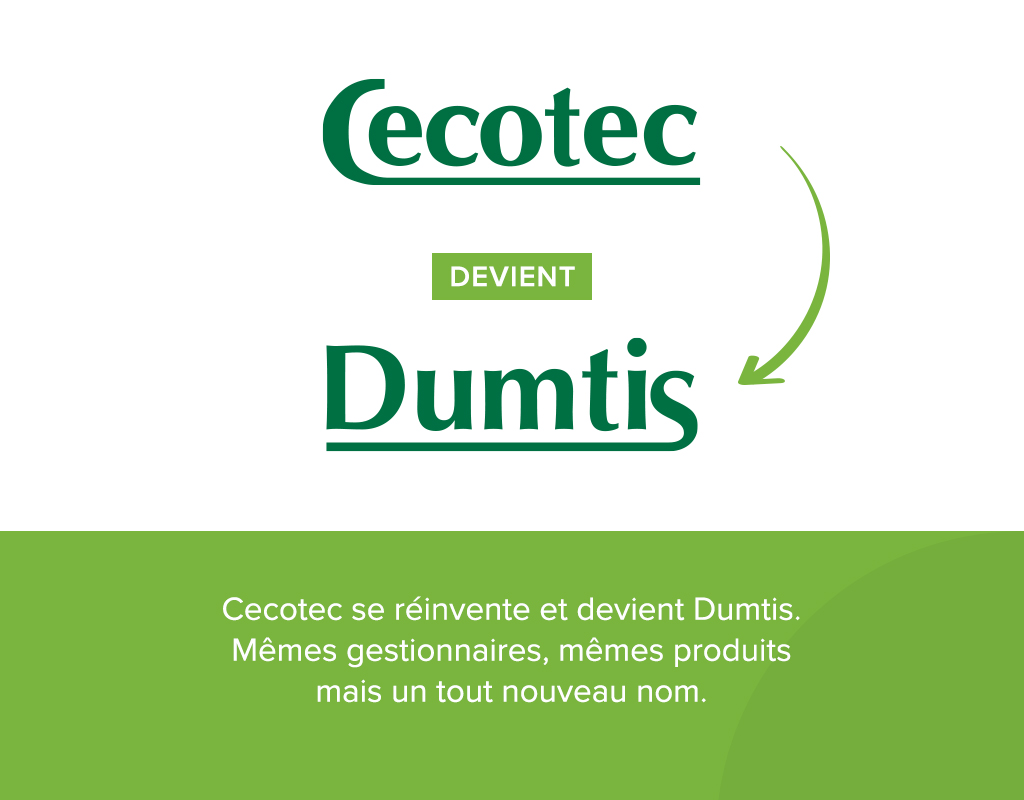

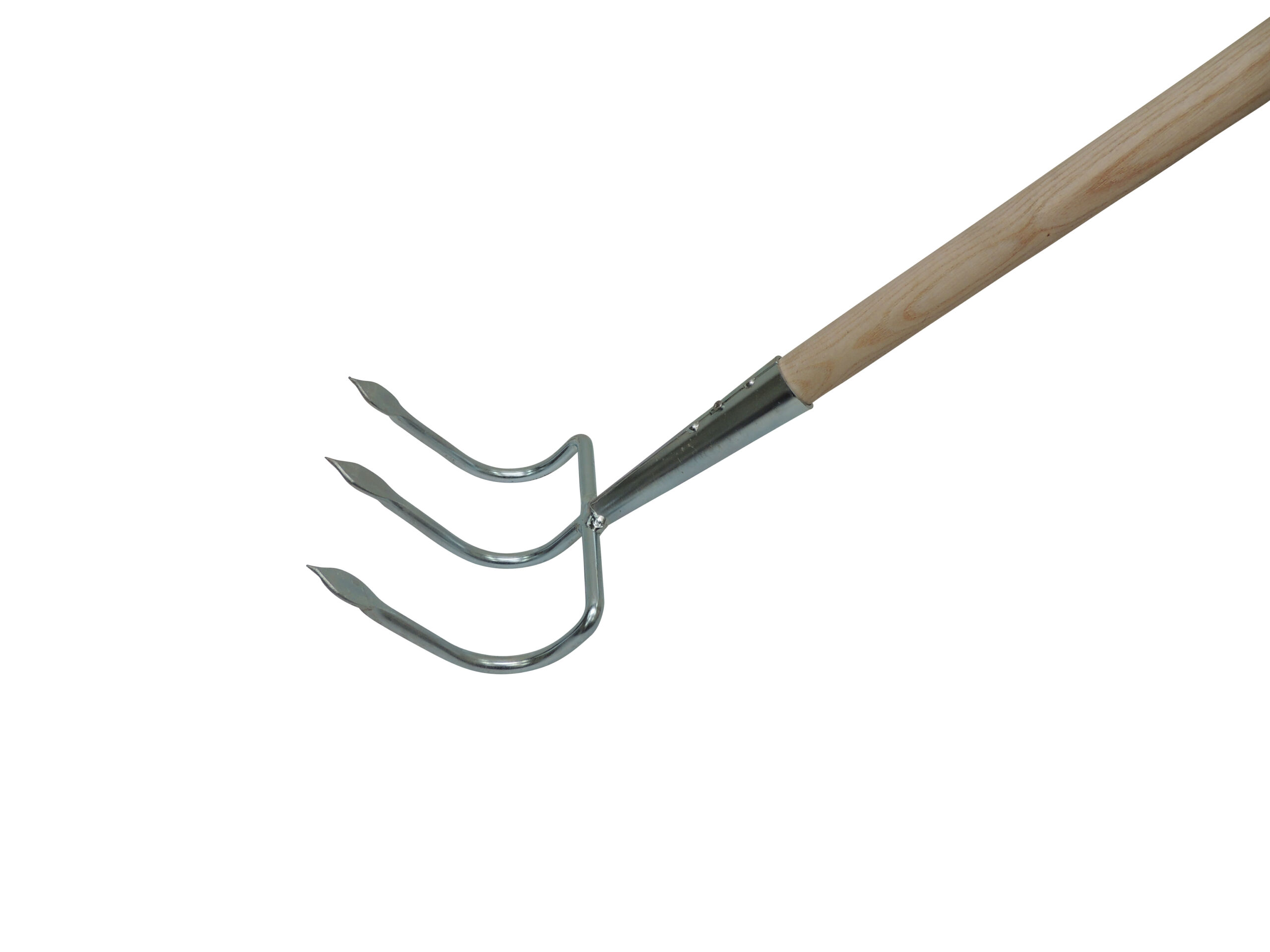
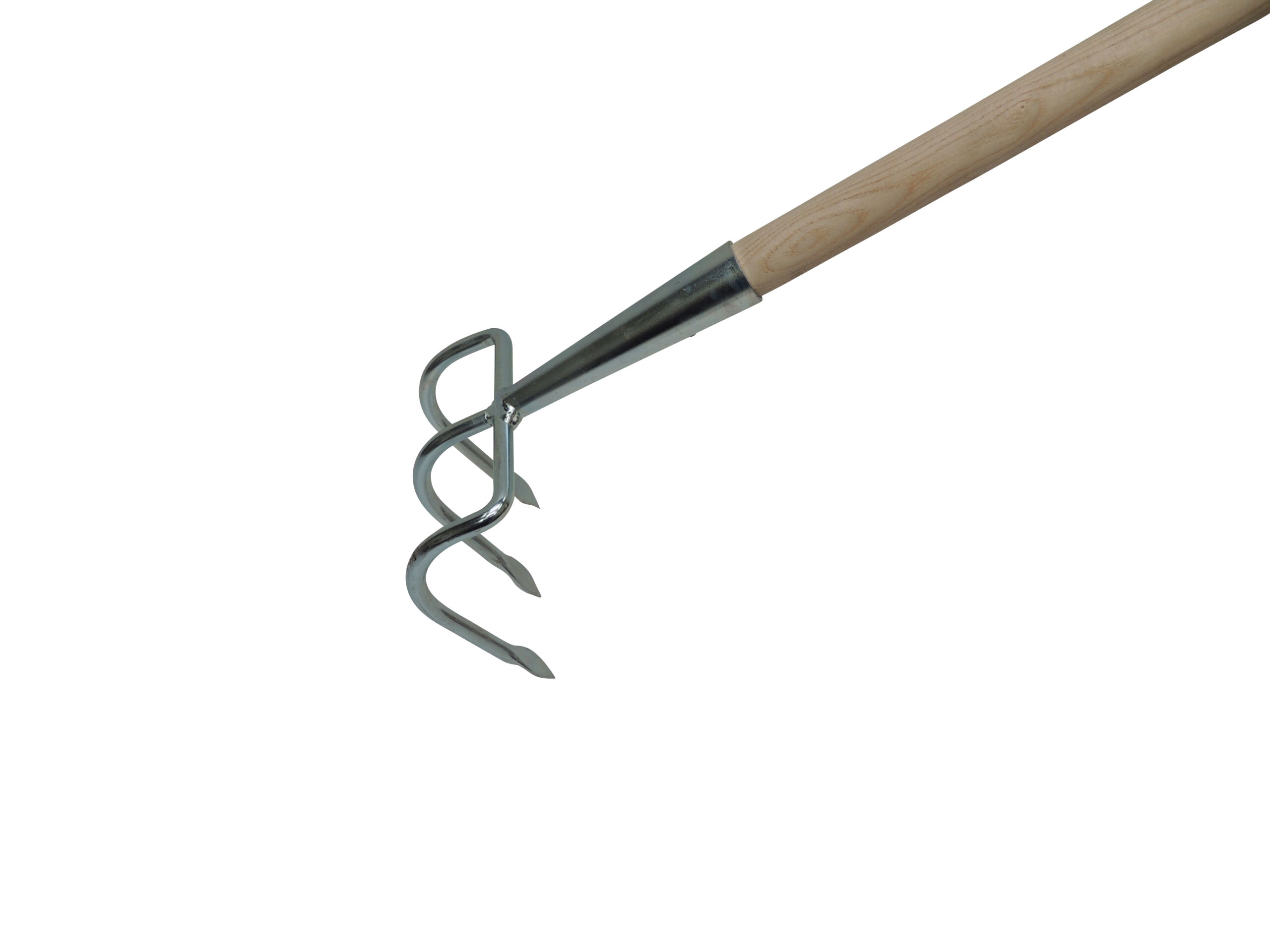
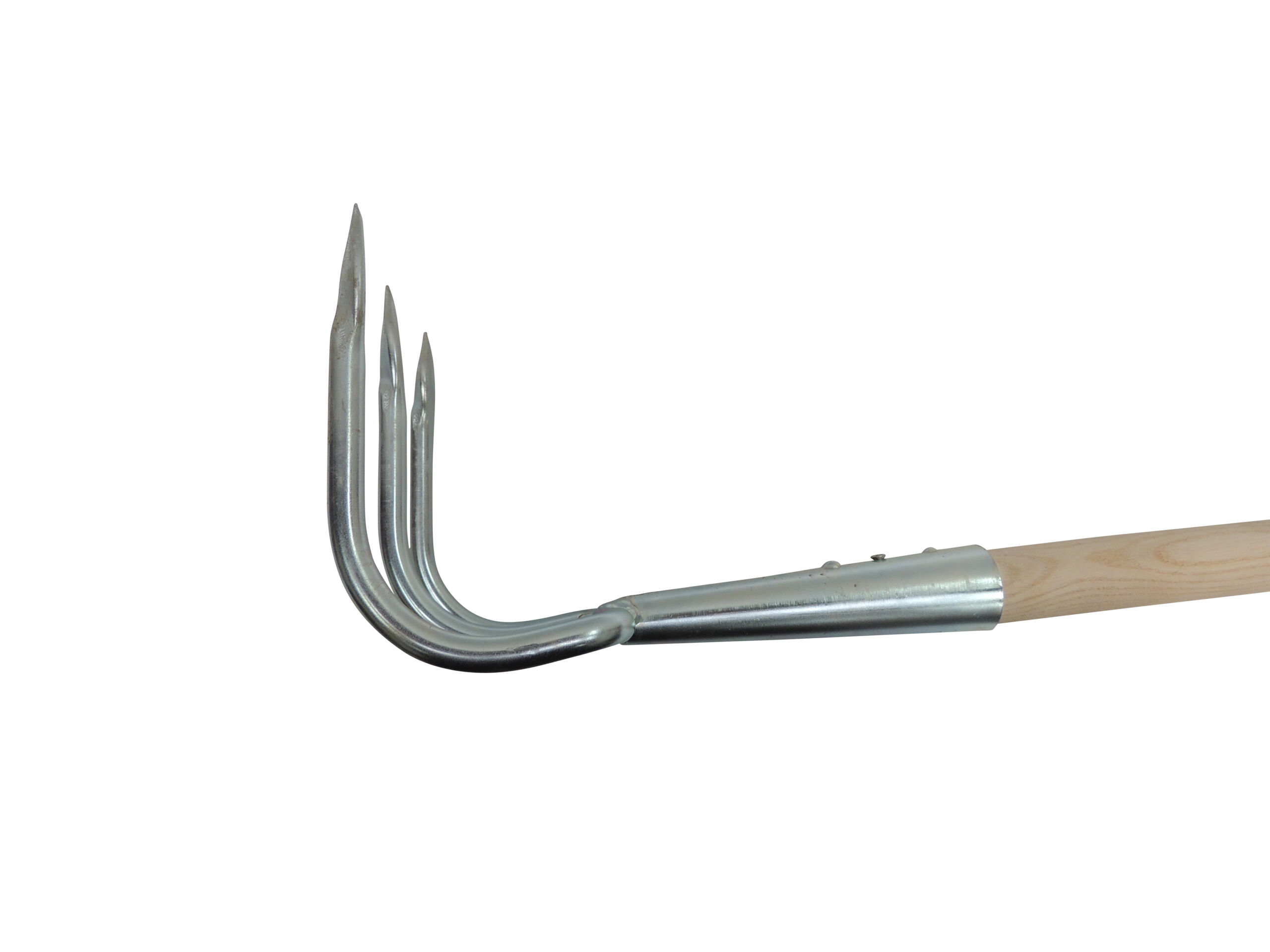
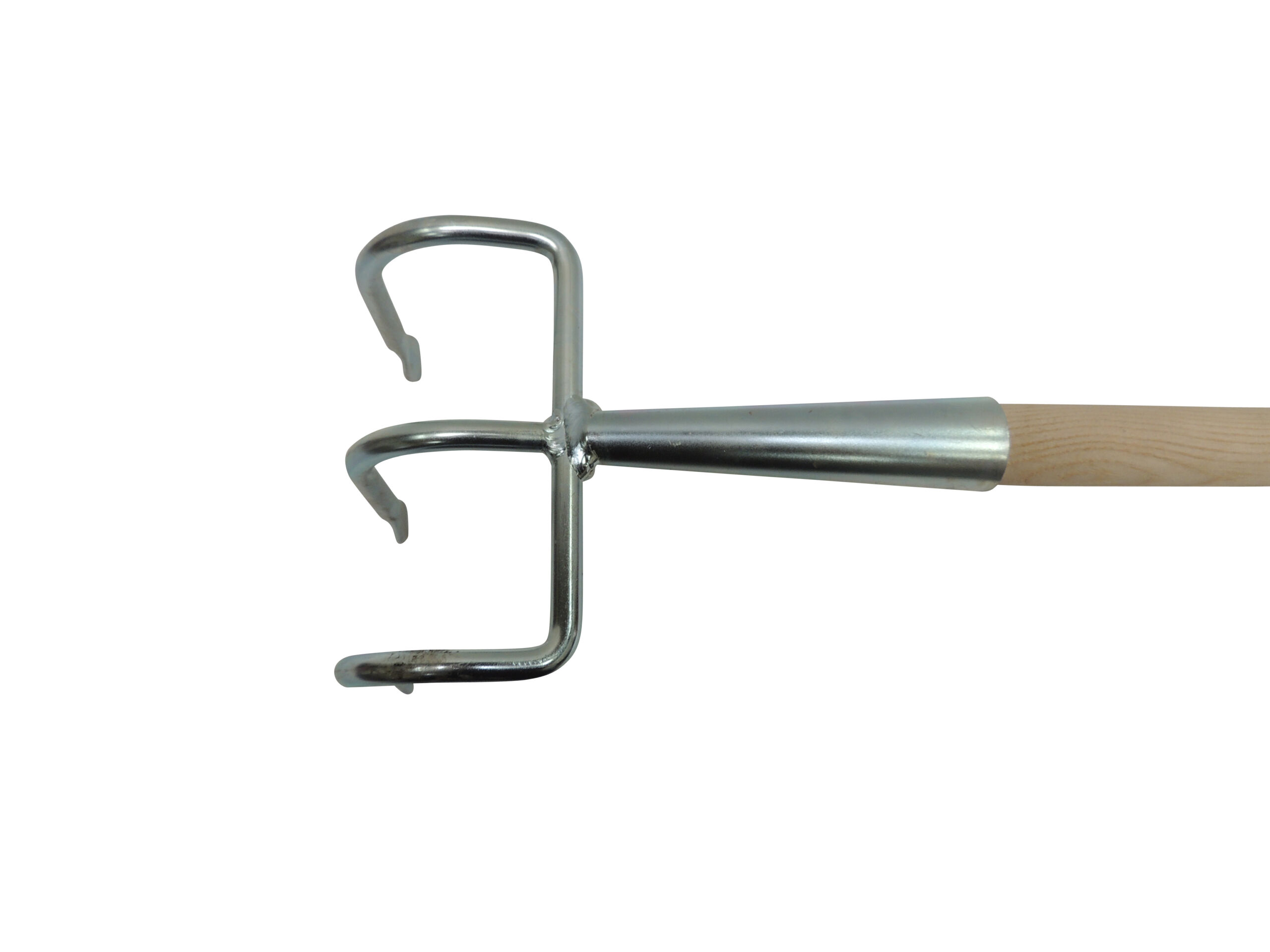
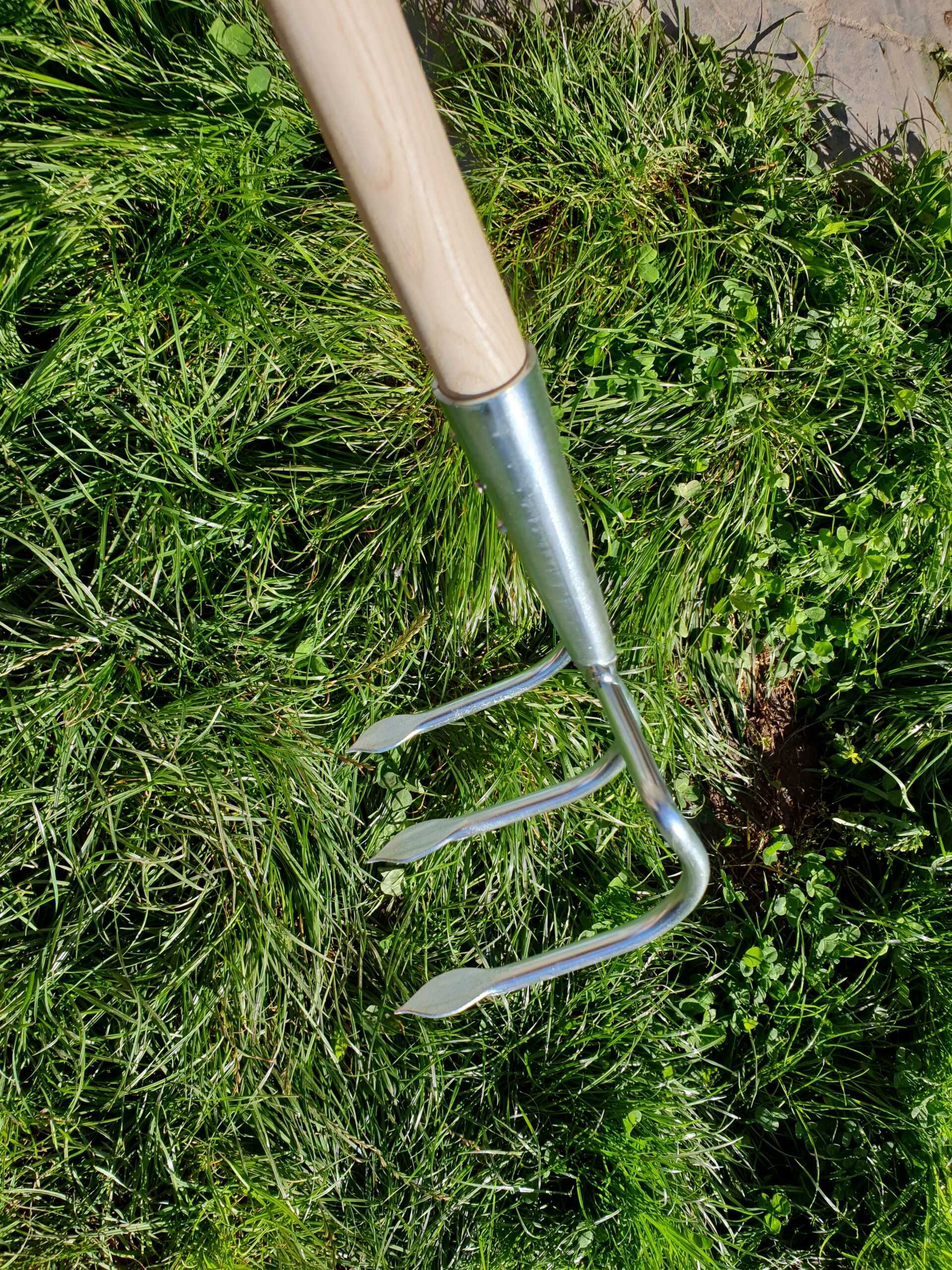
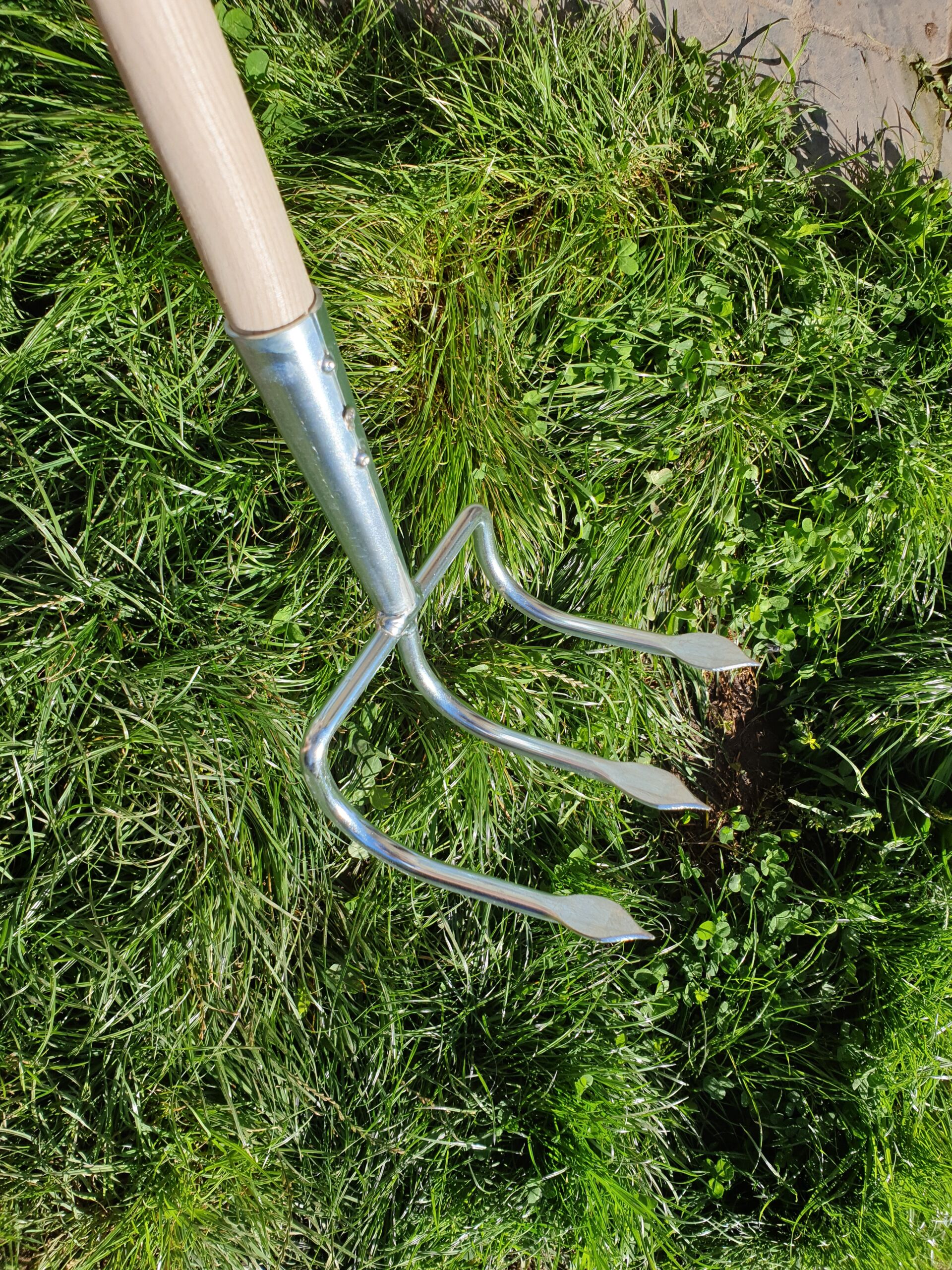
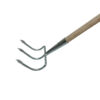
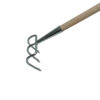
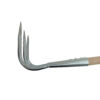
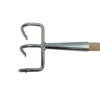
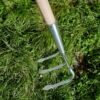
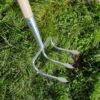
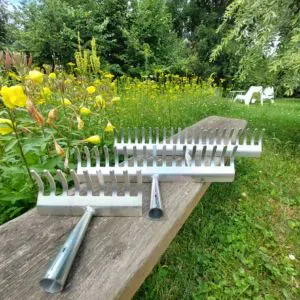
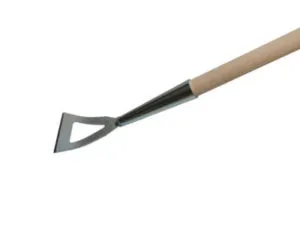
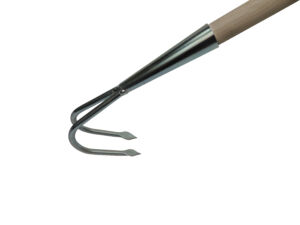
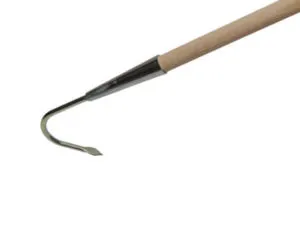
Reviews
There are no reviews yet